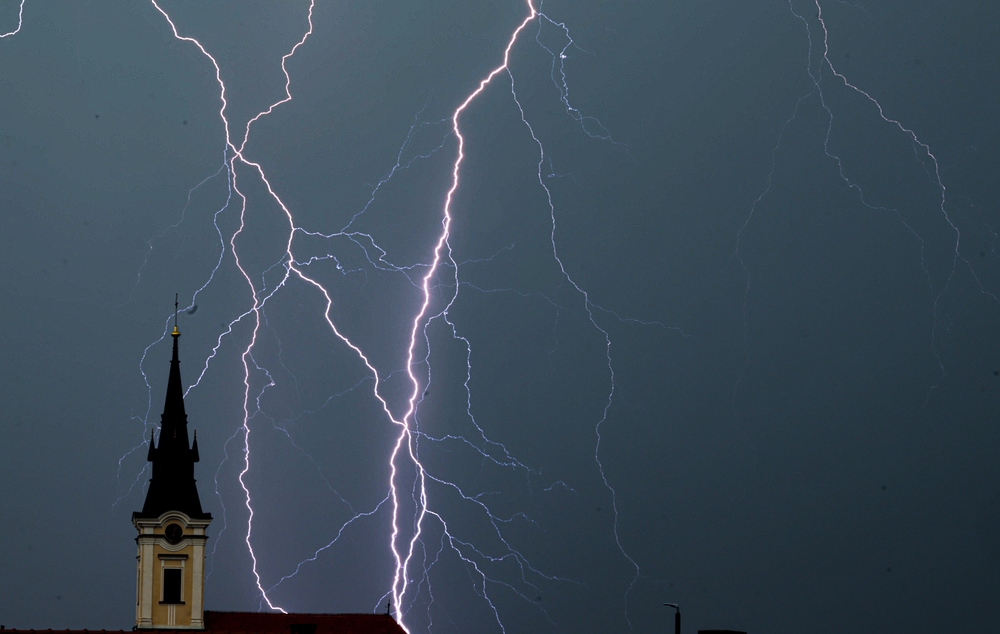
Most tropical lightning storms are akin to massive pots of boiling water — but emitting bursts of gamma radiation instead of steam, according to reports in Nature. Those bursts also occur more frequently and in more forms than previously thought.
Scientists first detected high-energy gamma-ray bursts in Earth’s atmosphere in the 1990s. NASA launched satellites to see high-energy particles from objects in space, like supernovas. The satellites caught signs of the radioactive supercharged particles and linked them to thunderstorms. But they weren’t sure of the phenomenon’s frequency.
Spying on Gamma Rays
To find out — and to learn more about the physics behind the bursts — scientists equipped a U2 spy plane with gamma-ray detectors. The plane flew ten missions over large thunderstorms in the tropics south of Florida. And they saw much more gamma-ray bursts than expected.
Steve Cummer, an engineering professor at Duke University and an author of two papers describing the phenomenon, says he was “blown away” by the amount of bursts the plane “saw”. It detected a few that looked like the ones the NASA satellites spotted earlier. But it also recorded over 100 that would have been too dim to see from space, making the process “way more common in thunderstorms than we thought,” says Cummer.
Read More: Gamma-Ray Bursts Could Wipe Out All Life, But Are Unlikely to Hit Earth
How Thunderstorms Generate Gamma-Ray Bursts
Although scientists understand the basic physics behind gamma-ray production, they are less clear about many of the details. Swirling winds whip water droplets, hail, and ice together. That friction creates an electric charge, similar to how a balloon does when rubbed against cloth. Positively charged particles then rise to the top of the storm system, while negatively charged particles drop to the bottom, creating an enormous electric field.
Then, when other charged particles enter that field, they speed up, sometimes striking an air molecule. That collision knocks off more electrons in a cascading process that creates enough energy to result in gamma-ray bursts and other types of radiation.
“It has always been amazing to me that thunderstorms can generate high energy gamma-rays,” says Cummer. The earlier satellite data indicated that this was an interesting but relatively rare process. “But now we have seen that this high energy process is almost omnipresent in big thunderstorms and playing a major role in the evolution of thunderstorm electric fields and discharging thunderstorms.”
The plane also detected two types of gamma ray bursts never before recorded. One is short and sharp, lasting for less than a thousandth of a second. Another is a series of about 10 that repeat in about a tenth of a second. The researchers’ next step is to learn how these bursts form and why storms produce different types.
Read More: Unraveling the Brightest Gamma Ray Burst of All Time
Article Sources
Our writers at Discovermagazine.com use peer-reviewed studies and high-quality sources for our articles, and our editors review for scientific accuracy and editorial standards. Review the sources used below for this article:
Before joining Discover Magazine, Paul spent over 20 years as a science journalist, specializing in U.S. life science policy and global scientific career issues. He began his career in newspapers, but switched to scientific magazines. His work has appeared in publications including Science News, Science, Nature, and Scientific American.





